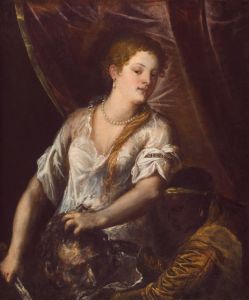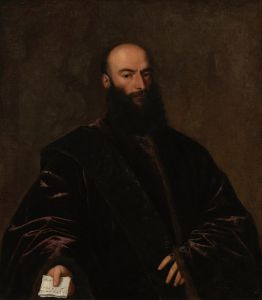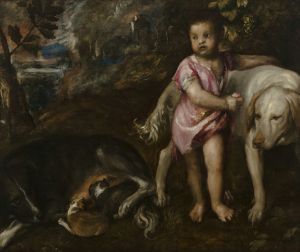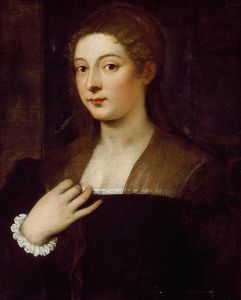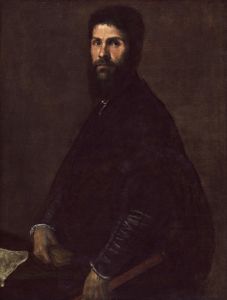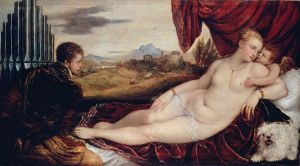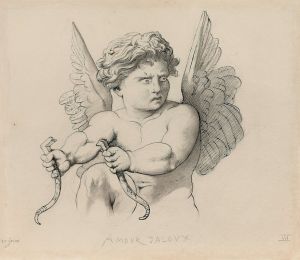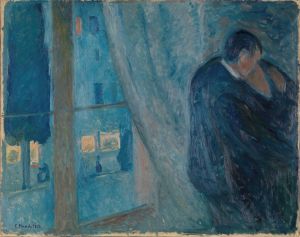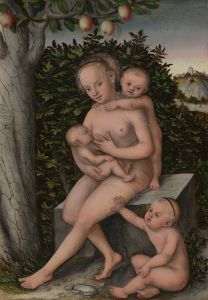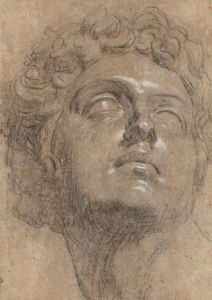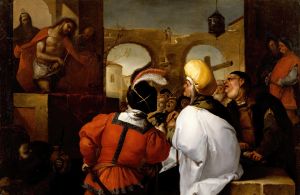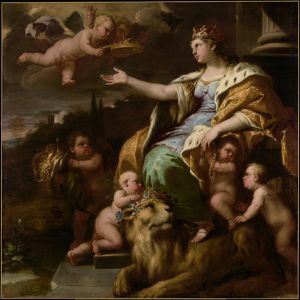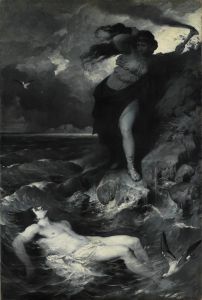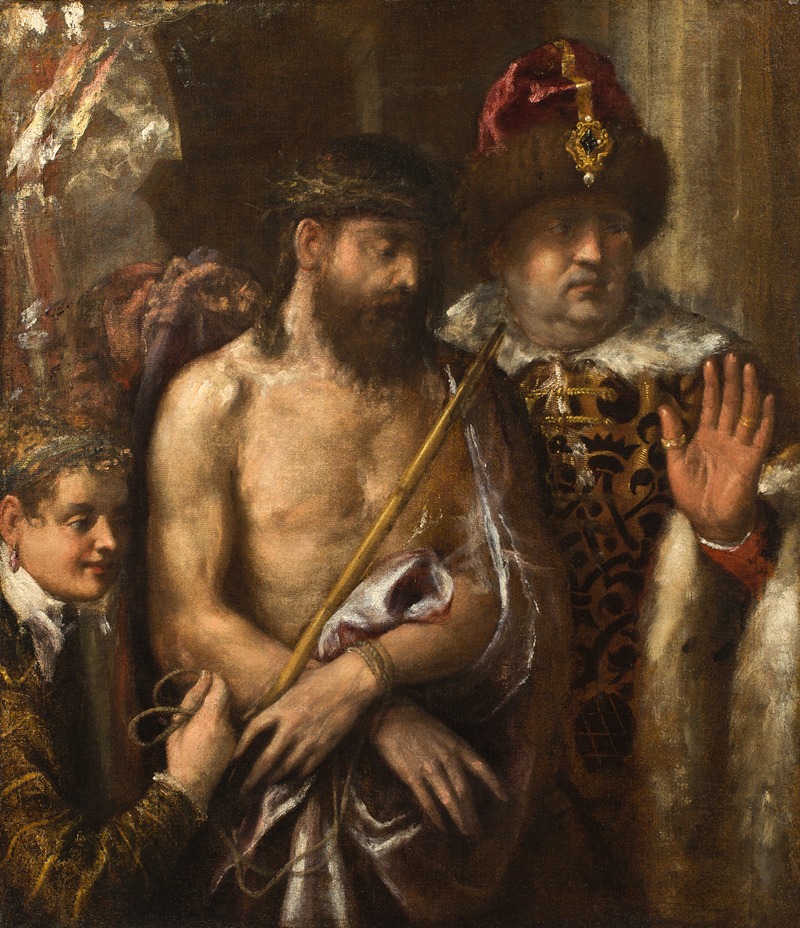
Christ Shown to the People
A hand-painted replica of Titian’s masterpiece Christ Shown to the People, meticulously crafted by professional artists to capture the true essence of the original. Each piece is created with museum-quality canvas and rare mineral pigments, carefully painted by experienced artists with delicate brushstrokes and rich, layered colors to perfectly recreate the texture of the original artwork. Unlike machine-printed reproductions, this hand-painted version brings the painting to life, infused with the artist’s emotions and skill in every stroke. Whether for personal collection or home decoration, it instantly elevates the artistic atmosphere of any space.
"Christ Shown to the People" is a painting by the renowned Italian Renaissance artist Titian, also known as Tiziano Vecellio. This artwork is a significant example of Titian's mastery in religious themes, showcasing his ability to convey deep emotion and narrative through his use of color, composition, and form.
Titian, born around 1488/1490 in Pieve di Cadore, near Belluno, was one of the most versatile and influential artists of the Italian Renaissance. He was known for his innovative use of color and his ability to convey the human form with a sense of vitality and emotion. Throughout his career, Titian worked on a wide range of subjects, including portraits, mythological scenes, and religious works, which were highly sought after by patrons across Europe.
"Christ Shown to the People," also known by its Italian title "Ecce Homo," depicts the moment in the New Testament when Pontius Pilate presents Jesus Christ to the crowd, saying "Ecce Homo" or "Behold the Man." This scene is a poignant moment in the Passion of Christ, capturing the tension and drama of the events leading up to the crucifixion. Titian's interpretation of this biblical episode is marked by his characteristic use of rich colors and dramatic lighting, which serve to highlight the emotional intensity of the scene.
In this painting, Titian employs a composition that draws the viewer's eye to the central figure of Christ, who is depicted with a serene yet sorrowful expression. The use of chiaroscuro, or the contrast between light and dark, enhances the three-dimensionality of the figures and adds to the overall dramatic effect. The surrounding figures, including Pilate and the onlookers, are rendered with a keen attention to detail, each contributing to the narrative tension of the scene.
Titian's "Christ Shown to the People" reflects his deep understanding of human emotion and his ability to convey complex theological themes through art. The painting is a testament to his skill in capturing the essence of a moment and his mastery of the oil medium, which allowed him to create rich textures and vibrant colors.
While the exact date of the painting's creation is not definitively known, it is believed to have been completed during the height of Titian's career, when he was producing some of his most celebrated works. The painting is an excellent example of the Venetian school's emphasis on color and light, distinguishing it from the more linear approach of the Florentine school.
Today, Titian's works, including "Christ Shown to the People," continue to be studied and admired for their artistic brilliance and their contribution to the development of Western art. His influence can be seen in the works of later artists, including Peter Paul Rubens and Diego Velázquez, who were inspired by Titian's innovative techniques and expressive use of color.
"Christ Shown to the People" remains an important piece within Titian's oeuvre, exemplifying his ability to blend narrative depth with artistic beauty, making it a significant work for both art historians and admirers of Renaissance art.





